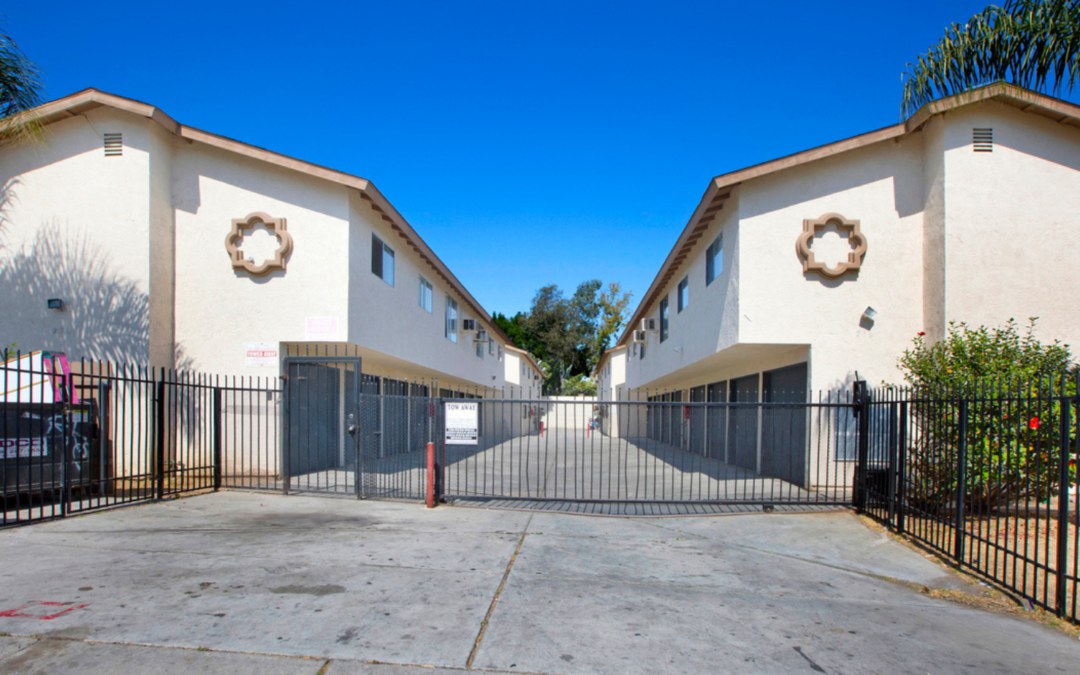As states across the nation lift COVID precautions, we’re slowly navigating blending in pre-pandemic life. Over a year into this ‘new normal,’ we feel confident in saying that most if not all industries have been affected in one way or another. The unexpected outcomes of the real estate industry have hardly been excluded from the challenges of the times. Significantly, perhaps, is the case for multifamily property owners.
Multifamily properties were initially withstanding the struggles brought on by the global pandemic better than most aspects of the real estate market. However, that has more recently begun to shift. Now that we’ve surpassed the anniversary of the pandemic’s onset, multifamily property owners have started to fall behind on payments and struggle to keep themselves afloat. In California alone, Governor Gavin Newsom extended the state’s eviction ban until June 30, 2021.
Regulations set in place for rent control have been critical to keeping individuals and families safe in their homes despite the job market’s devastation. That being said, rent caps and eviction bans have been challenging for property owners to withstand. What was once a niche market for real estate investors has now become one of the most challenged industries.
According to a December report from Trepp LLC, the share of total apartment debt that banks place into their highest-risk categories has ballooned to 16.9% from 4.6% during the pandemic. Many landlords have begun asking banks for payment extensions or leniency on their loans due to many residents being unable to afford their rent payments.
In addition to existing multifamily property owners experiencing difficulty making continued payments on their loans, new developers are experiencing challenges as well. Investors interested in multi-family properties must assess the ability to fill units as many residents continue to depart large cities and instead move to more rural areas of the country. According to USPS data, over 15.9 million people have moved as a result of the ongoing pandemic. New York City topped the list with over 110,000 movers leaving the city.
As we traverse through the upswing of Covid, multifamily housing hasn’t taken as large of a hit as predicted. Apartment occupancy rates only dropped about 0.1% from February 2020 to February 2021. The already predicted trends experienced today were fast-forwarded by the pandemic. Forbes believes the continued migration to the sunbelt, increase in single-family rentals, and multifamily leasing will continue to improve. This is due to factors ranging from work from home flexibility to cheaper property prices outside of major cities.
The multifamily housing development’s future success relies, in part, on its ability to evolve. Moreover, these businesses are looking at creating healthier and hygienic spaces to decrease contamination in high-touch zones. More and more renters are looking for homes that support work-from-home options along with increased outdoor social activities. Discussions over-improved HVAC systems and increased touchless options live in a delicate balance for developers catering to present and future needs.
While multi-family properties have been labeled as high-risk investments by many, some lenders have recognized the opportunity to provide builders short-term, high-cost financing to tide them over through the end of the pandemic. This mindset is likely in accordance with the prediction that the industry will experience a strong comeback upon the conclusion of the global pandemic.
If you are a multi-family property owner or are looking to invest in a multi-family property and are seeking investment support, our team at Innovative Capital may be able to support you. Our ongoing partnerships with a variety of lenders provide us with unique resources that may be willing to take risks that traditional lenders may not otherwise be able to. Our loan officers partner with multiple lending partners to source the most competitive rates available to you in a fraction of the time. For more details or to get a free quote, reach out to us today.


